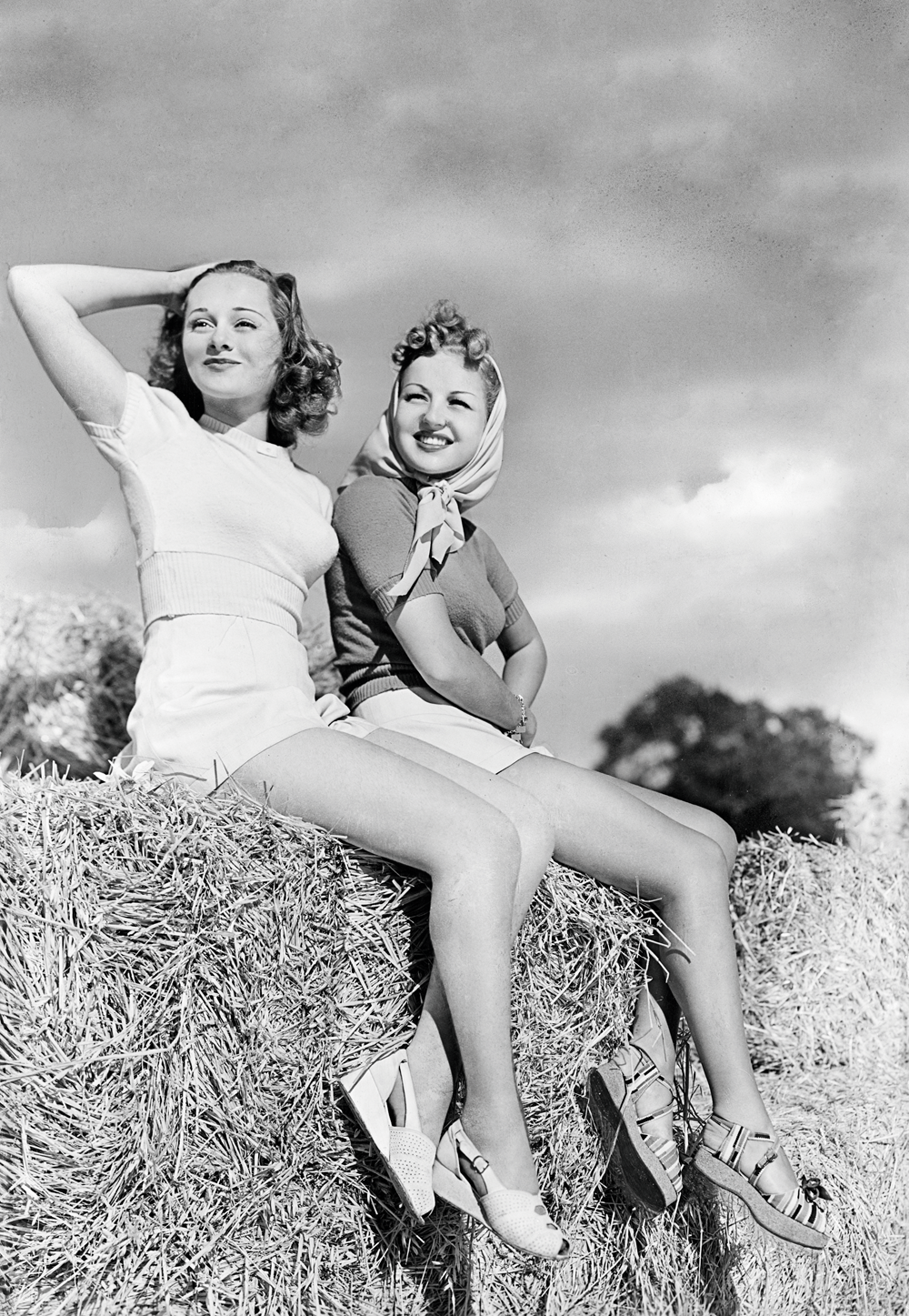Famous for their striking architecture and sophisticated ambience, many hotels are also famed for the dishes and cocktails invented in their kitchens and at their bars.
Grand Hotels are known for their signature dishes and drinks. The Bloody Mary is said to have been invented by a St Regis bartender. And, in 1915 at Raffles, Singapore, Ngiam Tong Boon supposedly invented the Singapore Sling. Let’s meet a few more Grand Hotel inventions.
Beef Carpaccio, invented at Harry’s Bar, Venice
Created for a Countess who had been advised by her doctor to avoid cooked meats, this raw beef dish was just the ticket. It was invented by the owner of Harry’s Bar, Guiseppe Cipriani, and named after the artist Vittore Carpaccio who had an exhibition in Venice at the time and was famed for using bright reds, the colour of Beef Carpaccio.
Chocolate Brownies, invented at the Palmer House Hilton, Chicago
In 1893 Bertha Palmer, the wife of the Palmer Hotel’s owner, asked the chef to create a pudding to go into the lunchboxes of female guests who would be going to the World’s Columbian Exposition in Chicago. The hotel still bakes them to the original recipe, which includes walnuts and an apricot glaze.
Peach Melba, The Savoy Hotel, London
When Australian Soprano singer, Nellie Melba, was in London performing in Lohengrin, a dinner was thrown for her at the Savoy by the Duke of Orleans. The Savoy’s head chef, August Escoffier served her fresh peaches and vanilla ice cream on top of an ice sculpture of a swan (a reference to the opera). Due to the swan, it was originally called Peche au Cygnet, but Escoffier later added raspberry puree when he took the idea to the Ritz, and called it Peach Melba.
The Ritz Sidecar, The Ritz, Paris
Surely one of the world’s priciest cocktails (a mere snip at £1,500), this Parisian tipple is made with Cognac, Cointreau and lemon juice (though apparently The Hemingway Bar at The Ritz, where it was invented has secret ingredients that it does not divulge). We can only imagine at that price that the secret ingredient is gold bullion…
The Martini, The Knickerbocker Hotel, New York
Invented at the Knickerbocker, NYC, the first martini is said to have been mixed by a bartender by the name Martini di Arma di Taggia, for John D Rockefeller, who was strong, dry and smooth, just like a martini… It’s made with gin, Vermouth and orange and citrus bitters.
If you’re feeling inspired to live more of the Grand Hotel lifestyle yourself, don’t miss out feature, ‘In Grand Style’ in our June issue, where you can learn all about the history of some rather posh hotels.
Buy this month's The Simple Things - buy, download or subscribe




















































